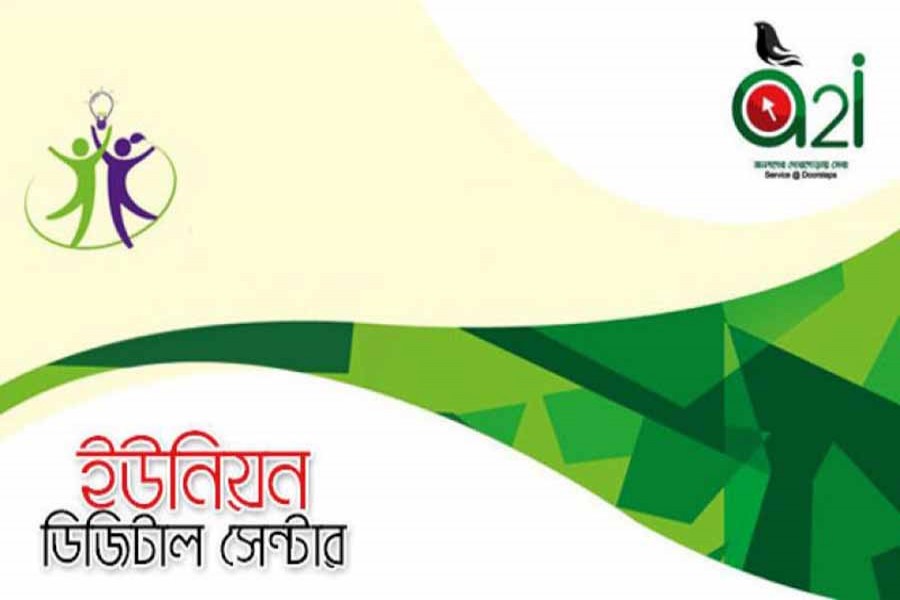The move to reach the fruits of digitisation to the doorstep of the rural people through establishment of union digital centres (UDCs) would sound quite pleasant. But there is always a gap between expectation and actual outcome of any programme in this part of the world. And, as always, such a gap is found to be rather wide, if the programmes/projects are the government ones in particular. The one-stop information and service delivery outlets, known as UDCs, are not any exception. The findings of a study conducted by the Transparency International, Bangladesh (TIB), released early this week, did highlight a few weaknesses of the UDC model that was designed to decentralise delivery of public services using the entrepreneurial zeal and efficiency of the private sector.
The objective behind setting up UDCs at the grassroots was to ensure the access of the underserved section of the population, including the rural women, the physically handicapped and the elderly, to vital information and services. The one-stop services are primarily offered by micro-enterprises that are based on the public-private entrepreneurship model. The concept lays emphasis on inclusion of both male and female entrepreneurs who would make use of modern information technology (IT) in order to provide service for rural people both for free and with fee in matters like land records, birth registration, telemedicine, passport and overseas job applications, mobile financial services, insurance, vocational training etc. The government allocates funds worth around one per cent of the annual development programme (ADP) for UDCs that are hosted by the local government institutions.
But much of the avowed objectives behind setting up the UDCs, according to the findings of the TIB research study, are now facing setback primarily because of wrong selection of entrepreneurs and lack of transparency in financial transactions at the level of micro-enterprises. The study has also identified factors such as lack of technological expertise, dysfunctional machinery and equipment, slow internet speed, load shedding, inadequate participation of female entrepreneurs and refusal to issue receipts against government's fee-based services as major weaknesses of the programme.
The most important factor here is the quality of entrepreneurs on which again depends the quality of services that the government intends to make available to the people at the grassroots level. Sustainability of the UDCs, both in social and financial terms, cannot be expected without the selection of right kind of entrepreneurs who are chosen on contractual basis for a certain period of time. Uncertainty centring around the renewal of contracts and not-so-cozy relations with union parishad (council) leaders do constitute here the major deterrents to efficient functioning of these centres.
Problems are likely to crop up while implementing this kind of programme - only more so in remote rural areas where amenities for making basic services available are scanty and quality manpower is scarce. The initiative to make some basic services available digitally through the UDCs deserves appreciation. But there is urgent need for locating the weaknesses and address those by putting in place the appropriate measures. Next preparation of a guideline taking into cognizance all the problems that have surfaced until now and also the ones likely to emerge in the future is in order. The UDCs could be very effective platforms for making the modern financial and e-commerce services available at the doorstep of the vast majority of the rural population. The government should therefore aim at making its best use.


